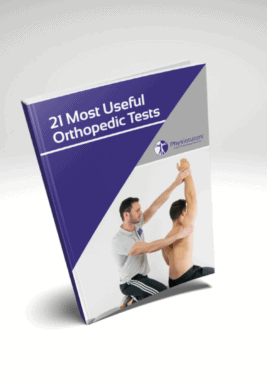Learn
Low Risk Ankle Rule | Ankle Fracture Assessment in Children under 16
The Low Risk Ankle Rules is an ankle decision rule that is developed specifically for ankle injuries in children below the age of 16 as a screening tool for high-risk fractures that would warrant radiographic exploration versus low-risk injuries that don’t. The definition of low-risk injuries includes lateral ankle sprains, nondisplaced Salter-Harris type I and II fractures, and avulsion fractures, which can all be managed functionally by supportive splinting and return to activities as tolerated by the patient.
Boutis et al. (2013) report a sensitivity of 98% and specificity of 54% with the sensitivity being consistent with previous validation studies, which gives it a strong clinical value in excluding a fracture.
The rule states that if a child presents with a low-risk injury on examination, which refers to tenderness and swelling that is isolated to the distal fibula and/or adjacent lateral ligaments distal to the tibial anterior joint line, taking an additional x-ray may not be necessary to exclude a clinically important ankle injury.
21 OF THE MOST USEFUL ORTHOPAEDIC TESTS IN CLINICAL PRACTICE

Other common tests to screen for ankle fractures are:
Malleolar Zone Algorithm for Fractures in Children
References
Like what you’re learning?
BUY THE FULL PHYSIOTUTORS ASSESSMENT BOOK
- 600+ Pages e-Book
- Interactive Content (Direct Video Demonstration, PubMed articles)
- Statistical Values for all Special Tests from the latest research
- Available in 🇬🇧 🇩🇪 🇫🇷 🇪🇸 🇮🇹 🇵🇹 🇹🇷
- And much more!








